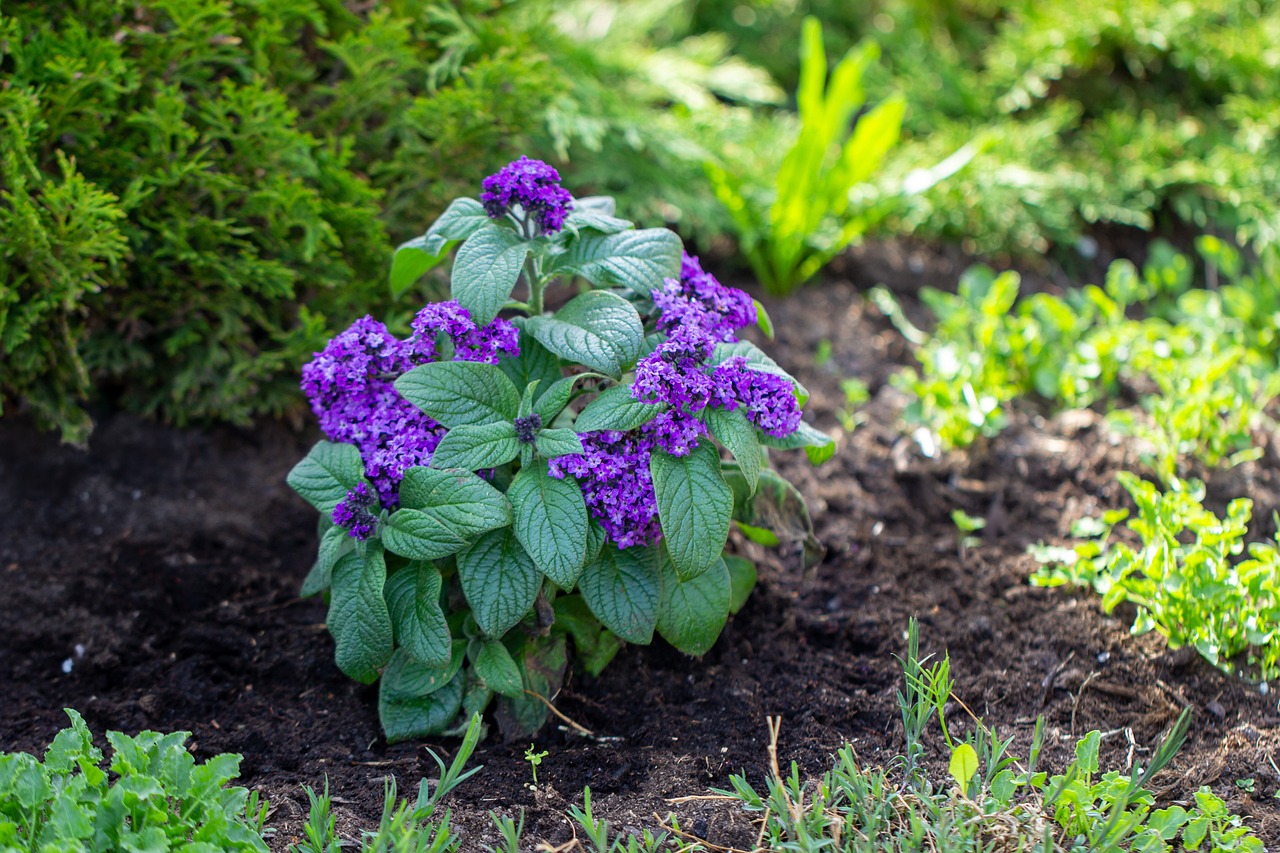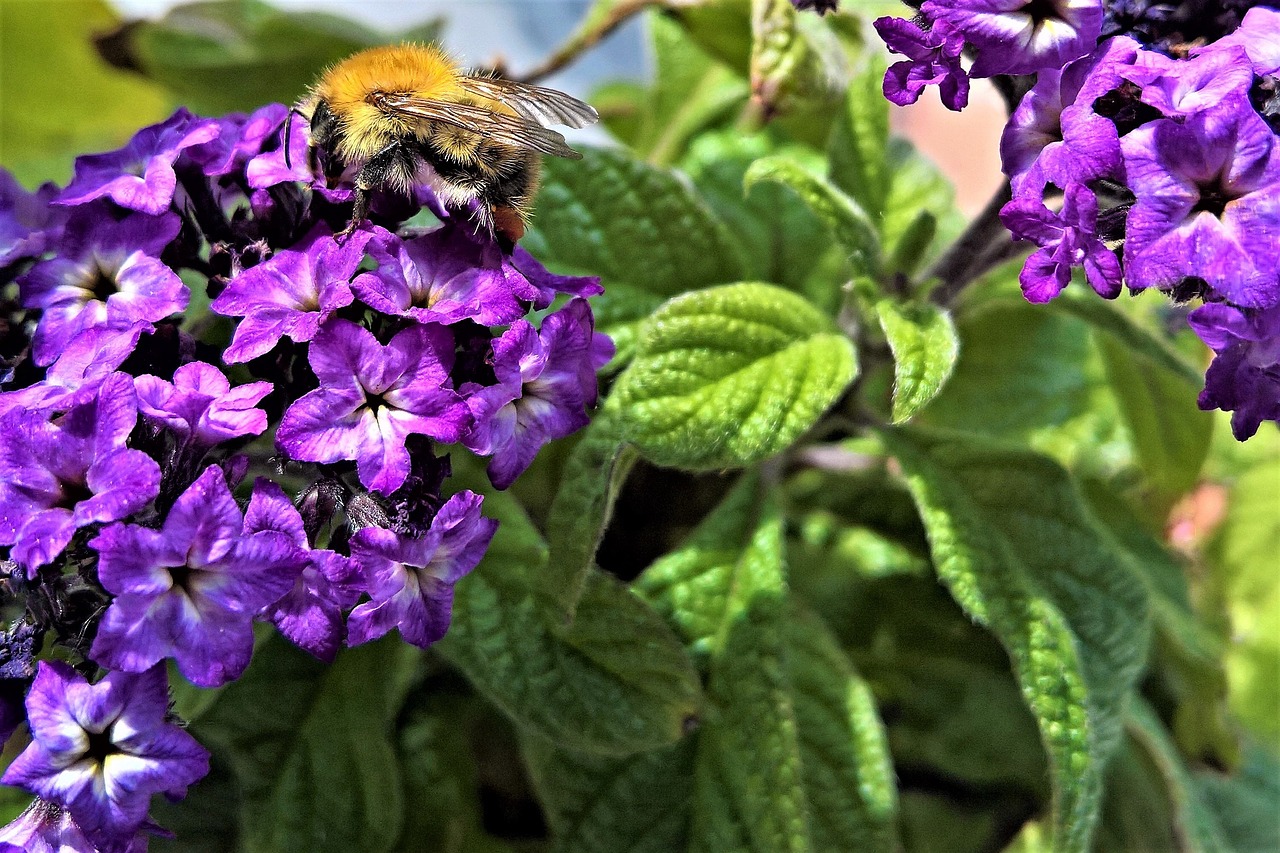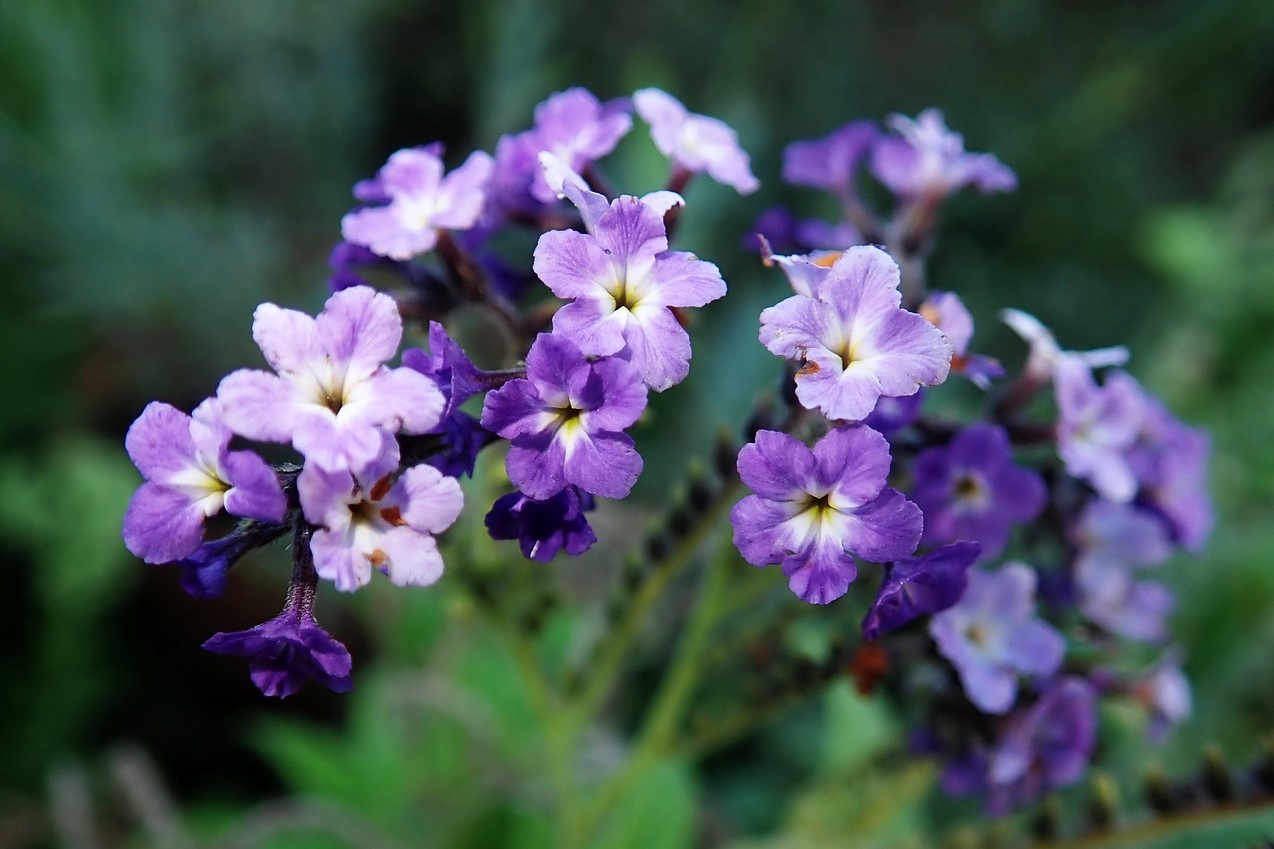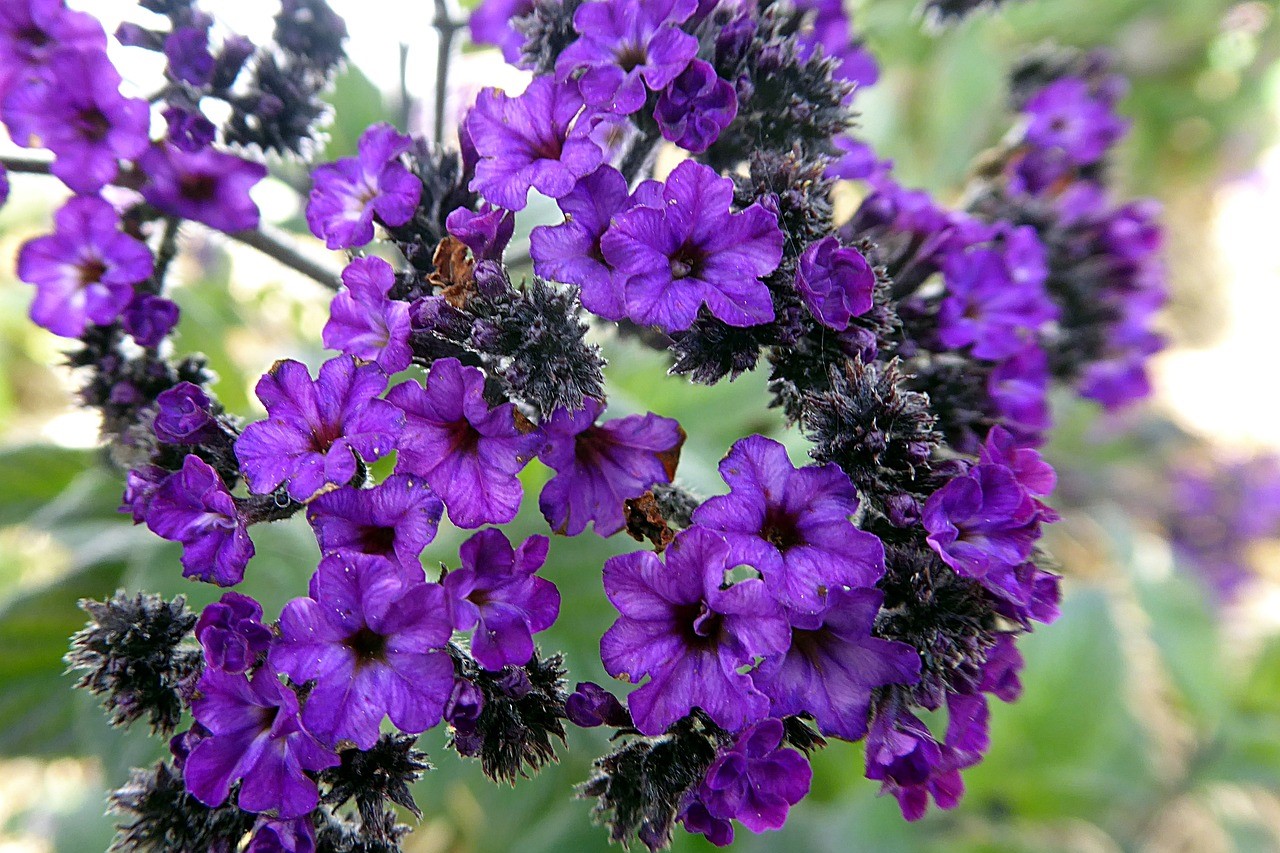If you’re a fan of purple flowers, then you’re likely already familiar with the beautiful heliotrope plant. This tender perennial is known for deep purple flowers and an oddly delicious scent — it’s sometimes called the cherry pie plant after the blend of fruity, almond-like, and vanilla-like scents it produces. If you want to add this plant to your home or garden but aren’t sure where to start, then we’re here to help. This guide to growing heliotrope for beginners will outline everything you need to know about basic heliotrope care.
Planting heliotrope

You can plant heliotropes any time after the last frost of the year or start them indoors at any time. If you’re starting your heliotrope plants indoors during winter, be sure to keep them warm and don’t leave them near any drafts or air vents. A grow light may also be helpful to ensure your heliotropes get plenty of sun.
Whether indoors or outside, your heliotropes should be in rich, well-draining soil. Loamy soil and soil high in organic matter are ideal for these plants. If your soil is not naturally rich, you can mix compost into it to improve the quality and texture. Avoid planting your heliotropes in heavy, clay-dense soil that’s slow to drain, as heliotropes don’t enjoy wet feet. For potted heliotrope plants, be sure to choose a planter with drainage holes.
Choose a sunny location for your heliotropes. In an outdoor garden, full sun is perfect for these plants. While they can tolerate some afternoon shade, they grow and bloom best when given ample sunlight. Indoor heliotrope plants are mostly the same. They need a brightly lit room with either plenty of natural light or a decent grow light. However, due to the way glass concentrates sunlight, they can burn by the intense noon sun, so provide a little bit of shade in the afternoon to protect them.
Heliotrope care

Heliotrope plants need consistent watering in order to thrive, but they are still easy to overwater. Ideally, the soil should be moist, but not soggy. Avoid letting it dry out entirely, but don’t water it when the soil is still fully wet from the last watering. The soil should be just damp to the touch when you water it again. Additionally, try not to get the leaves or flowers wet when watering. Lift the leaves out of the way and pour the water directly onto the soil. This is a bit inconvenient in outdoor gardens, where a water hose sprayed from above can water large patches of garden all at once, but the fungal infections that wet leaves can develop are more inconvenient.
In early spring, heliotrope flowers benefit from some light pruning. Pinching or cutting some of the tallest stems will encourage the plant to focus more on horizontal growth, becoming a denser, bushier plant. This is especially handy for indoor plants, where there may not be enough room to let a heliotrope grow to its full height. During the blooming period, deadheading the plant (removing the faded or wilted flowers) helps keep it blooming for longer.
Pests and problems

Heliotrope is a fairly hardy plant, and typically doesn’t face any major problems. However, there are a few minor problems that, if left unattended, can grow into larger issues. Most pests don’t bother heliotrope, but it can become a target for small household pests, such as aphids, mites, and mealybugs. These pests are easy to deal with using an insecticidal soap, neem oil, or another insect repellent of your choice.
Fungal infections caused by overwatering, high humidity, or consistently wet leaves pose a larger issue. Careful watering will reduce the risk greatly, and keeping your indoor heliotrope plant in a moderate to low humidity environment will also help. For outdoor plants, you won’t be able to control the humidity, so instead focus on maintaining good airflow. Avoid crowding your heliotrope, and prune it so that the breeze can pass through the stems.
How toxic is heliotrope?

Heliotrope can be quite toxic, and it’s important to understand the risks before growing it. Luckily, there are a few simple ways you can make growing this plant much safer. Heliotrope is toxic if ingested. It isn’t dangerous to touch, although washing your hands or handling it with gloves is a good habit to have.
Additionally, an adult would have to eat quite a bit of heliotrope to be in serious danger (although it can still make you sick in smaller amounts). Children and pets are at a higher risk, since they are smaller and generally less adept at processing toxic compounds. If there are only adults in your home, then you can grow this plant without worry; just don’t eat it. If you have children or pets in your home, keep your heliotrope out of reach. If you suspect your child or pet has eaten some of your heliotrope, seek medical attention to be safe.
Heliotrope is a beautiful plant with a wonderful smell, and as long as you’re careful, it’s easy to grow. Whether indoors or out, this lovely plant can be delightful. Just remember to keep it out of reach of kids or pets who might think it smells too good to resist!




